9–10 St Mary Street, Chepstow, Monmouthshire, NP16 5EW
Known as St Mary Street since at least 1525, this attractive thoroughfare is an extension of High Street, Chepstow’s main shopping area. The pub was originally two shops. From 1851 to 1884, number 9 was occupied by Richard Hawkesford ‘ironmonger, bellhanger and nailer’.
Illustrations and text about the bridge of the Wye.
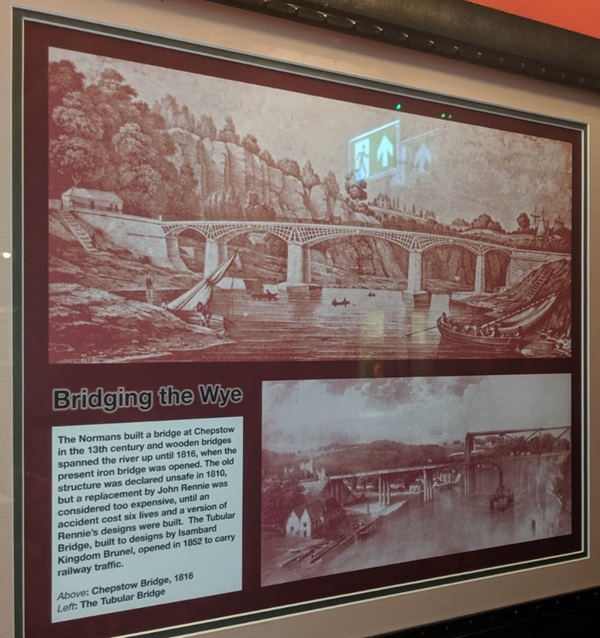
The text reads: The Normans built a bridge at Chepstow in the 13th century and wooden bridges spanned the river up until 1816, when the present iron bridge was opened. The old structure was declared unsafe in 1810, but a replacement by John Rennie was considered too expensive, until an accident cost six lives and a version of Rennie’s designs were built. The Tubular Bridge, built to designs by Isambard Kingdom Brunel, opened in 1852 to carry railway traffic.
Above: Chepstow Bridge, 1816
Left: The Tubular Bridge
Illustrations of Chepstow Castle.
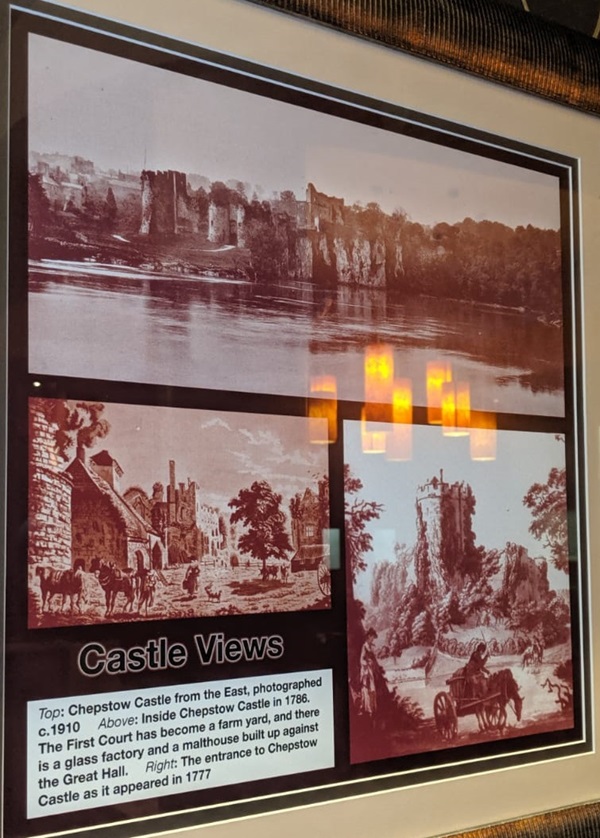
Top: Chepstow Castle from the east, photographed, 1910
Above: Inside Chepstow Castle in 1786. The first court has become a farm yard, and there is a glass factory and a Malthouse built up against the Great Hall
Right: The entrance to Chepstow Castle as it appeared in 1777.
Illustrations and text about Steam Packets.
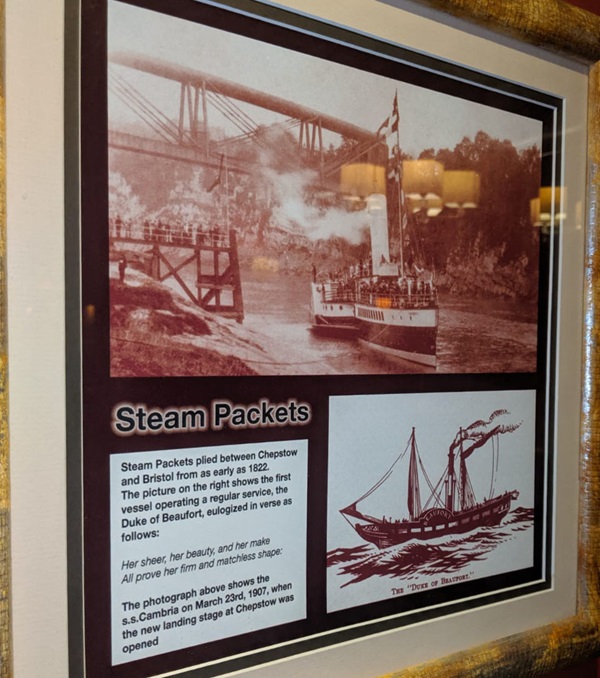
The text reads: Steam Packets plied between Chepstow and Bristol from as early in 1822. The picture on the right shows the first vessel operating a regular service, the Duke of Beaufort, eulogized in verse as follows:
Her sheer, her beauty, and her make
All prove her firm and matchless shape:
The photograph above shows the SS Cambria on march 23, 1907, when the new landing stage at Chepstow was opened.
An illustration of the washing and censing of the bell.
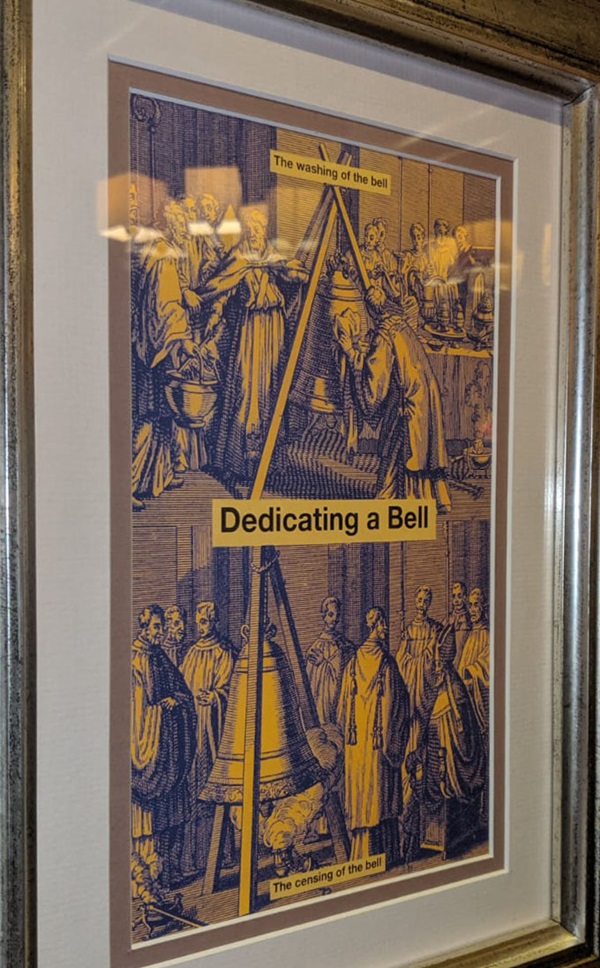
An illustration of the turning room, where newly cast bells are taken once they have been dug out of their pits.
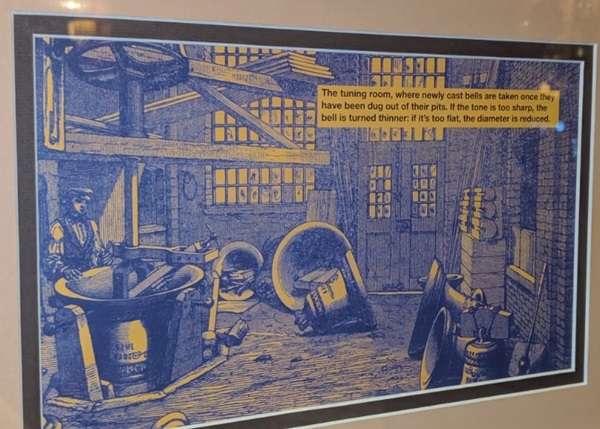
If the tone is too sharp, the bell is turned thinner: if it’s too flat, the diameter is reduced.
A photograph of a great bell, hung and ready to be installed.
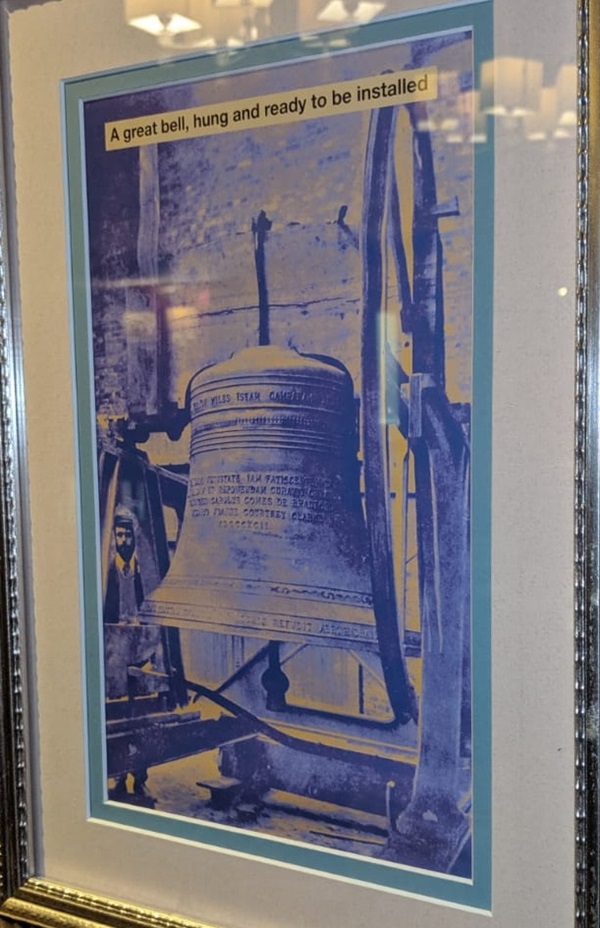
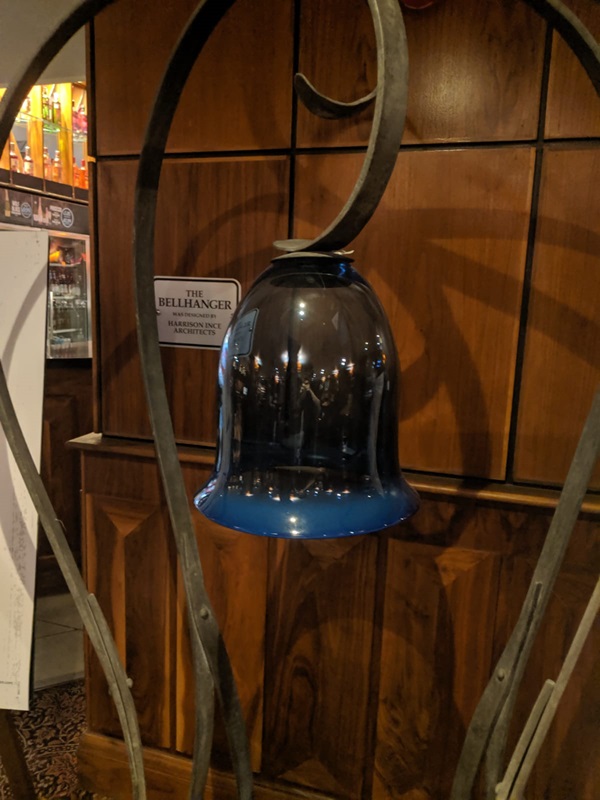
External photograph of the building – main entrance.
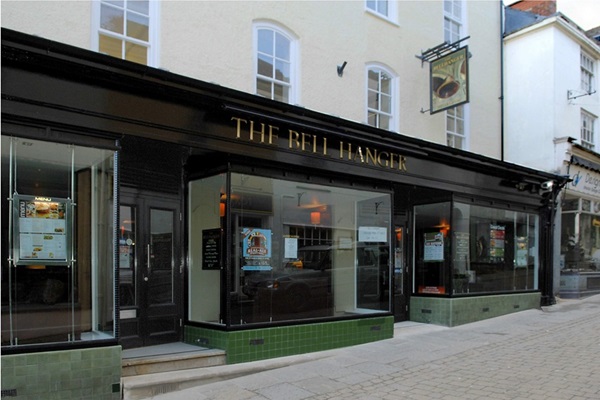
If you have information on the history of this pub, then we’d like you to share it with us. Please e-mail all information to: pubhistories@jdwetherspoon.co.uk